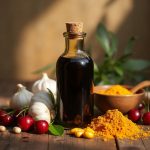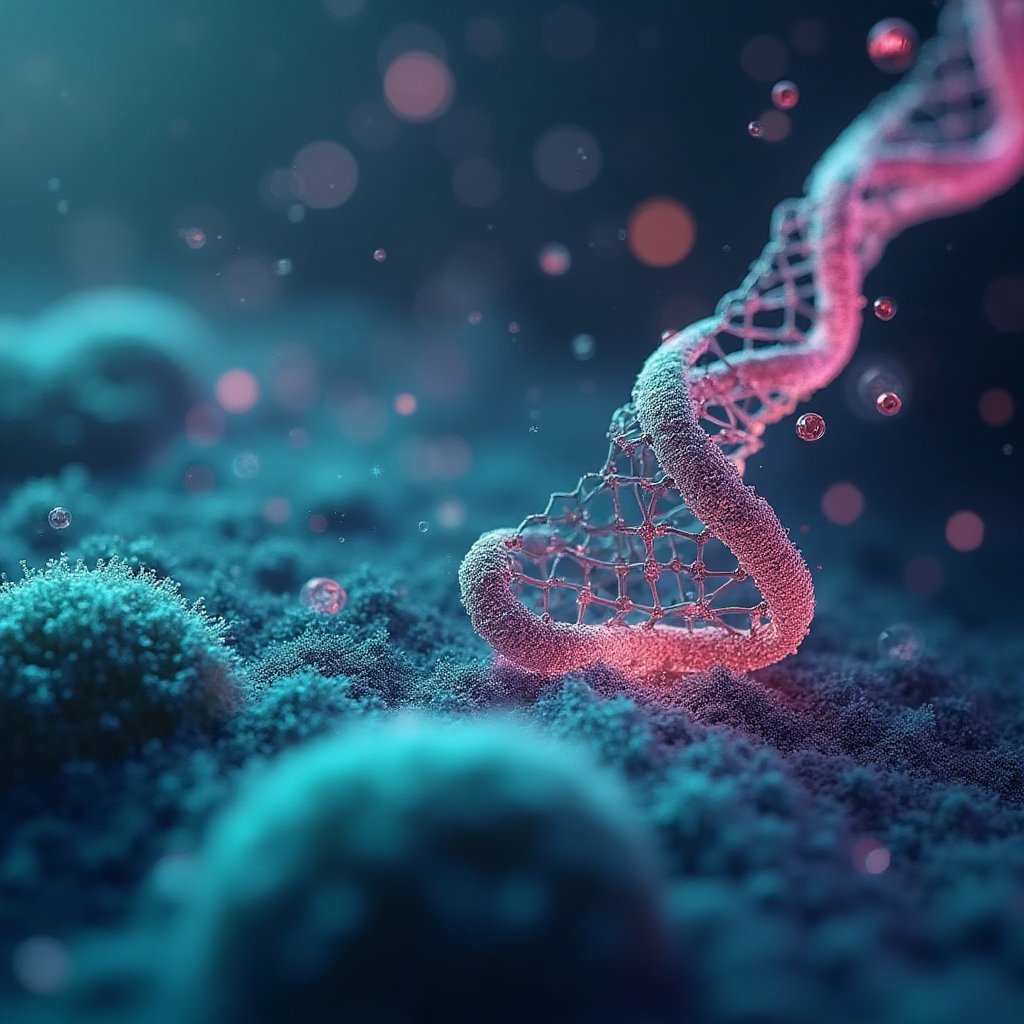Have you ever wondered why the vibrant colors in your favorite snacks and cereals are so eye-catching? It’s not just for fun—it’s a calculated move by the food industry to make you eat more. But here’s the kicker: many of these food dyes are toxic, and they’re not even classified as pharmaceutical grade. Meanwhile, some drugs that are considered safe for consumption are held to a higher standard. What’s going on here? Let’s dive into the murky world of food dyes, their health risks, and why you should think twice before letting your kids (or yourself) indulge in that brightly colored cereal.
The Double Standard: Food Dyes vs. Pharmaceuticals
It’s a million-dollar question: why are toxic drugs classified as pharmaceutical grade, while food dyes—known for their harmful effects—are not? Food dyes are certified for use, but they’re not held to the same rigorous standards as pharmaceuticals. Many of these dyes contain toxic byproducts that have never been tested for long-term biological effects on humans. In fact, some food dyes banned in Europe are still allowed in the U.S. Why? Because the junk food industry is heavily self-regulated, and the FDA often leaves it up to food companies to conduct their own studies. This creates a revolving door between the FDA and the food industry, where former industry employees now regulate the very products they once promoted.
The Hidden Dangers of Food Dyes
Food dyes aren’s just harmless additives—they’re linked to serious health issues. For example, Red Dye No. 3, a known carcinogen, is banned in cosmetics but still allowed in children’s cereal. Studies have shown that food dyes can cause hyperactivity in children, neurological effects, and even leaky gut syndrome. The worst part? These dyes are bioaccumulative, meaning they build up in your body over time. Combine that with the preservatives found in junk food, and you’ve got a recipe for disaster.
Why Do They Use Food Dyes?
It’s all about psychology. Certain colors stimulate appetite and increase cravings, making you eat more. For example, when Kraft removed artificial coloring from their mac and cheese in one country, sales plummeted—so they put it back in. The food industry knows that vibrant colors create the illusion of freshness and appeal, even when the product is far from healthy.
The One Synthetic Dye That’s Actually Good for You
Not all synthetic dyes are bad. Methylene blue, a synthetic dye made from petroleum, is pharmaceutical grade and has been used to treat conditions like Alzheimer’s, Parkinson’s, and even cancer. Unlike other synthetic dyes, methylene blue doesn’t accumulate in the body—your kidneys easily flush it out. It’s also a powerful antioxidant that protects your mitochondria, the energy factories in your cells. This makes it particularly beneficial for degenerative neurological disorders and chronic diseases.
Natural Pigments: The Real Superheroes
While synthetic dyes wreak havoc on your health, natural pigments in foods like egg yolks, salmon, and dark leafy greens are packed with antioxidants. These pigments, such as chlorophyll in greens and lycopene in tomatoes, protect your cells and reduce inflammation. Even grass-fed meat contains beneficial phytonutrients because the animals consume grass and herbs. These natural pigments are the real deal when it comes to boosting your health.
What Can You Do?
Here’s the bottom line: avoid foods with artificial dyes, especially for your kids. Opt for natural, whole foods that contain beneficial pigments. If you’re looking for a synthetic dye that’s actually good for you, methylene blue is worth exploring—but always consult a healthcare professional before trying it.
Key Takeaways
- Food dyes are toxic and not held to pharmaceutical standards.
- They’re linked to hyperactivity, neurological issues, and leaky gut.
- Natural pigments in foods like egg yolks and greens are antioxidants.
- Methylene blue is a synthetic dye with health benefits.
Thought-Provoking Questions
Why do you think the FDA allows harmful food dyes in the U.S. when they’re banned in Europe? Should the food industry be held to the same standards as pharmaceuticals? Share your thoughts in the comments below and join the iNthacity community—the Shining City on the Web. Like, share, and participate in the debate!
Disclaimer
The information in this article is for educational purposes only and is not a substitute for professional medical advice, diagnosis, or treatment. Always consult a healthcare provider before making any changes to your diet or health regimen.
"The potential health risks of artificial food dyes are concerning, especially for children. Parents should be cautious and opt for natural alternatives whenever possible." — Mayo Clinic
Wait! There's more...check out our gripping short story that continues the journey: The Shard of Eternity
Disclaimer: This article may contain affiliate links. If you click on these links and make a purchase, we may receive a commission at no additional cost to you. Our recommendations and reviews are always independent and objective, aiming to provide you with the best information and resources.
Get Exclusive Stories, Photos, Art & Offers - Subscribe Today!

























Post Comment
You must be logged in to post a comment.